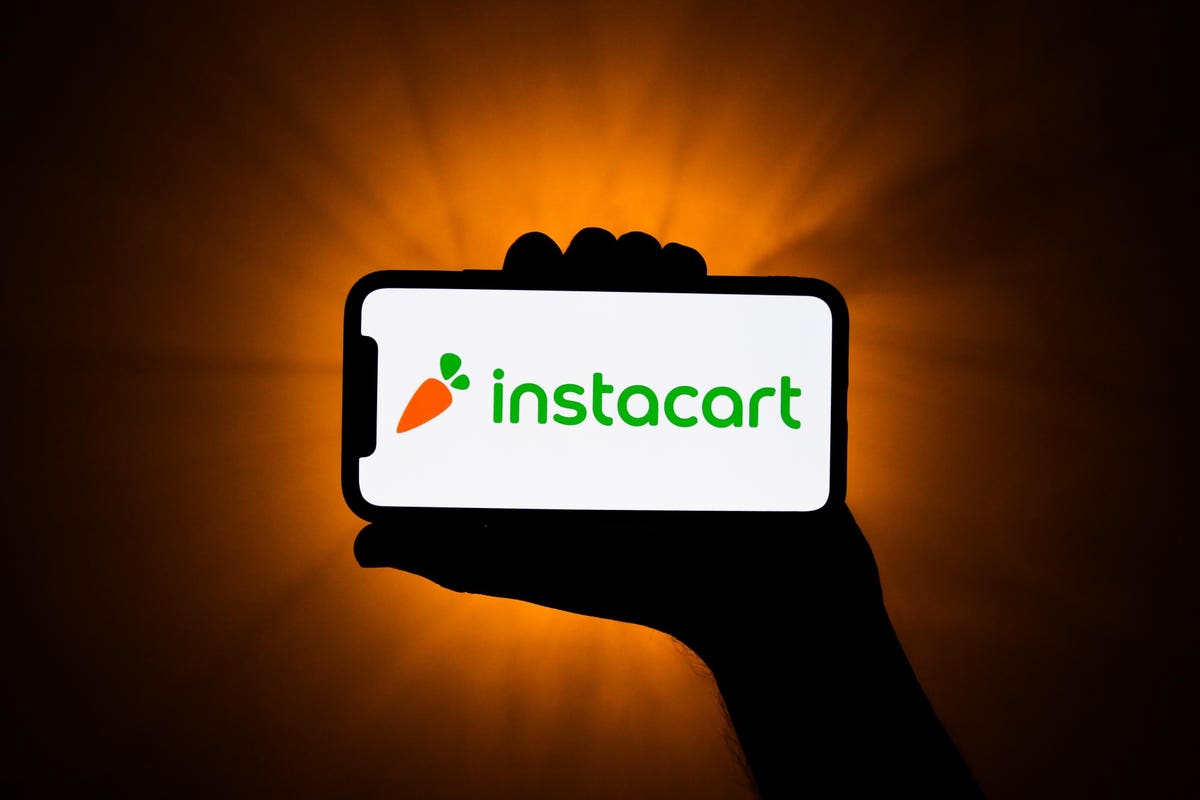Key takeaways
- Instacart has filed for its IPO and could debut as soon as 19 September
- Some red flags in the filing include an overreliance on a small retailer base and flat gross transaction value growth
- But the tech company has increased ad revenue and has a much wider enterprise offering than before, which should tempt Wall Street
Grocery delivery service and pandemic darling Instacart has kicked off its IPO, in another sign that the drought of IPOs and deals may be ending. The company is targeting a much lower valuation than expected, which was inevitable given the macroeconomic conditions, but investors are still excited about what will be one of the biggest IPOs of the year.
Instacart’s IPO is the third announced in as many weeks, laying the foundation for some more blockbuster market debuts after the roaring success of restaurant chain Cava last month. But Instacart itself faces some potential headwinds investors might not be keen on. Here’s everything we know about Instacart’s IPO listing so far.
What’s the latest with Instacart’s IPO?
Grocery delivery app service Instacart filed to go public on August 25 and is looking to debut on the Nasdaq Global Select Market as soon as September 19 under the ticker CART, in another boost to the flagging IPO market. The company is looking to raise $616 million from its debut, with the proceeds going towards satisfying its obligations around restricted stock units for employees.
Instacart isn’t taking any chances with its IPO pricing. The grocery delivery service company is pricing its shares between $26 and $28; based on the 331 million shares Instacart has, that’s a valuation of between $8.6 billion and $9.3 billion.
It’s an impressive range, but it pales in comparison to Instacart’s valuation highs just two years ago. In 2021, a funding round set the company’s valuation at roughly $39 billion. Since then, it’s been slashed twice: in March 2022, Instacart internally valued itself at $24 billion, and in July of the same year, that plummeted to $15 billion thanks to the market tech sell-off.
Instacart’s investors have agreed to buy up to $400 million worth of shares sold in the IPO, with the likes of venture capital firms, including TCV, Sequoia Capital and D1 Capital Partners, already invested in the company. Alongside the IPO, Pepsi is buying up $175 million of Instacart’s preferred convertible stock.
Why Wall Street might hesitate over Instacart
Instacart grew phenomenally quickly during the pandemic, as people couldn’t leave their homes and needed groceries – fast. But now the crisis has passed, Instacart is holding the shopping bag.
A regulatory filing showed orders on Instacart rose 18% in 2022 to nearly 263 million, but that growth has flattened out in the first half of 2023. Customer acquisition costs have also skyrocketed for the company to $625 million in 2022, up from $87 million in 2019.
The IPO filing also confirmed a worrying situation for investors: Instacart said, “We currently generate significant GTV and revenue from a small number of retailers.” For the first half of this year, 43% of Instacart’s gross transaction value came from just three retailers. That’s a massive concern for the company’s bottom line if one or more were to part ways with Instacart.
That concern becomes even more stark when Instacart has previously said it doesn’t plan to launch its own grocery brand. Investors might instead be in favor of companies like Amazon, which is steadily eating away at the grocery sector’s market share thanks to its combination of physical stores and warehouse logistics.
In short, if Instacart hasn’t got a handle on its core business at the moment, then that’s a tough sell for the company – and it goes some way to explain the drastic downgrade in its valuation.
Instacart’s latest financial picture
Thankfully, Instacart is well aware of the issues it faces in the future should grocery chains decide to do their own thing – and it’s planning for the long-term future. Under CEO Fidji Simo, who came into the position in 2021, the company has pivoted from grocery delivery to grocery technology.
What does that mean? Instacart has a lot of customer data, which is valuable information for grocery stores. Instacart can potentially help brands and supermarket chains sell more to consumers.
As a result, the tech company has massively built out its enterprise offering to include analytics software, advertising platforms and fulfilment services. Other initiatives include partnerships with Kroger and Wegmans for e-commerce tech, stocking food for small and medium-sized businesses and a food delivery service and nutritional program for the healthcare sector.
This has all helped Instacart’s revenue grow 31% to roughly $1.5 billion in the first half of the year, with a net income of $242 million in the same period. Last year, Instacart recorded a net income loss of $74 million. Advertising revenue is another major factor estimated to make up a third of Instacart’s total revenue.
The mix of exploring new income streams, focusing on its enterprise clients and much-improved profitability bodes well for Instacart. But is it enough to offset the decline in its core business?
A bizarre twist in the IPO story
Did anyone have ‘Snowflake and Databricks slinging match’ on their Instacart IPO bingo sheet? No, we didn’t either, but that’s precisely what happened, thanks to an obscure paragraph buried in the hundreds-of-pages long listing.
On page 280 of its IPO filing, Instacart mentioned it made $51 million in payments to Snowflake for its “cloud-based data warehousing services”. The 2023 figure, however, looks much smaller, with Instacart anticipating a $15 million payment to Snowflake. That’s around a 71% drop.
Databricks saw an opportunity to crow and took to social media, blasting Snowflake for Instcart’s decline in spending and even going so far as to suggest it was down to Instacart moving its workload to Databricks infrastructure instead.
Naturally, Snowflake was furious. It hotly denied the accusation and said the IPO filing figure didn’t paint the full picture. Instacart has since deleted a blog post about how much money it saved using Databricks’ Lakehouse software (awkward) and filed an updated IPO prospectus on Monday to clarify its contract with Snowflake.
“These cash payments, including the payments we made in 2022, generally represent prepayments for future services which, in many cases, span multiple fiscal periods,” Instacart wrote.
Snowflake also shot back at Databricks with its own blog post, stating, “In some social media posts, payment schedules have been incorrectly conflated with actual usage to suggest a large decline in spending—this is not the case.” Spare a thought for Instacart and Snowflake’s PR teams.
The bottom line
Instacart’s IPO filing comes at a crucial time for the IPO market. Though its valuation is a far cry from the heady highs of 2021, Instacart is still going for it – and that could potentially be very encouraging news for other tech companies looking to debut.
There are concerns over Instacart’s long-term outlook, but the business has shown it’s alive to its issues and is making changes accordingly. Some investors still won’t bite, but others will be convinced it’s enough for Instacart to be a worthy investment. In as soon as a week’s time, we’ll know for sure.
Read the full article here













